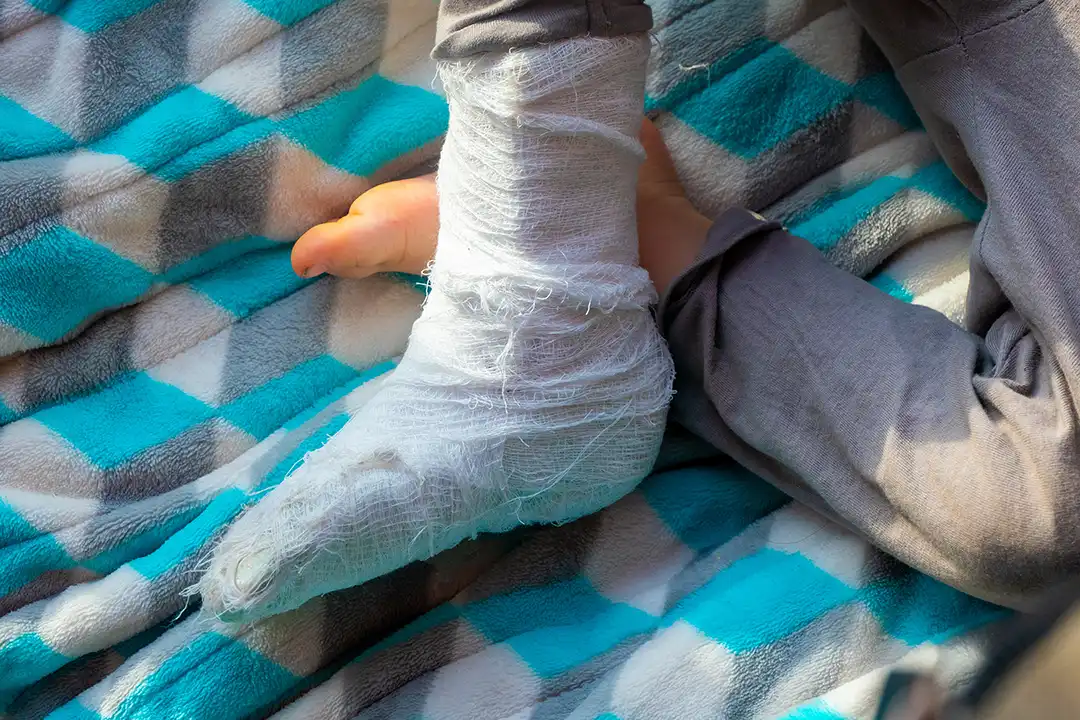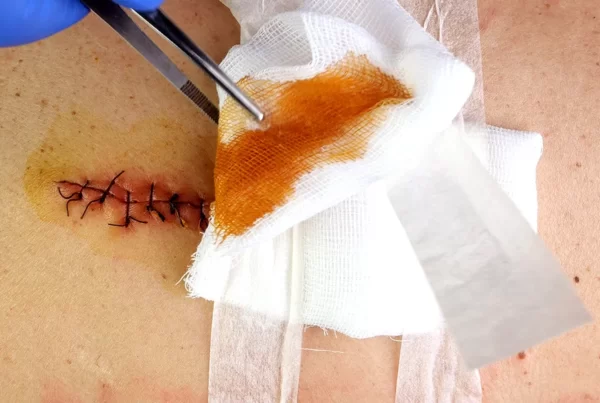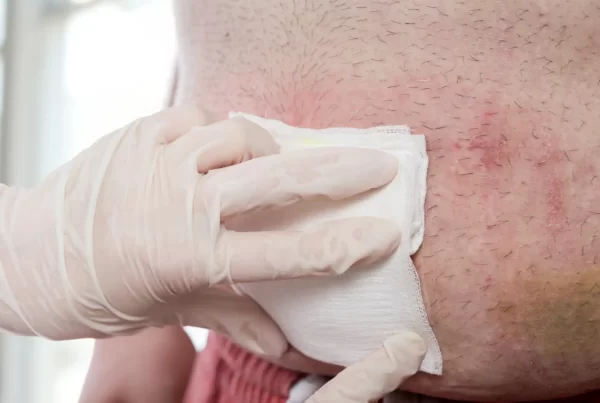If you’re living with diabetes, prediabetic or want to know more about wounds, understanding the risks of developing foot ulcers is essential to maintaining good health. Early stage diabetic foot ulcers can be largely preventable and manageable, but without properly diagnosing and treating during their early stages they can quickly become infected or lead to further medical complications that may require hospitalization. In this blog post, we’ll discuss everything you need to know about early stage diabetic foot ulcers—what causes them, what the symptoms are, how to best prevent them, and when it’s time to seek help from a healthcare professional. By staying informed on the potential risks of diabetes-related conditions such as these, you will be well prepared should an issue arise.
Overview of Diabetic Foot Ulcers

Early stage diabetic foot ulcers are a common yet concerning complication of diabetes. As diabetes is typically associated with complications due to poor blood circulation, individuals living with the condition are especially at risk for the development of ulcers on their lower legs and feet. Early stage diabetic foot ulcers often start out as small sores and can develop into more serious wounds if not diagnosed and treated early on. Proper care begins with diligent self-monitoring of feet to ensure any issues or changes in appearance or sensation are identified quickly by a health professional so that treatment can be enacted right away, which may involve antibiotics and supplemental wound healing creams or ointments. By catching potential issues early, people with diabetes have the best chance of avoiding further infection that can lead to amputations or even death.
Risk Factors for Developing Diabetic Foot Ulcers
Early stage diabetics are especially at risk for developing foot ulcers, which can lead to serious complications if not caught quickly. Early detection is key in such cases, as many patients with diabetes may not even realize they have a wound until it has become infected and caused more lasting damage.
Early signs of diabetic foot ulcers include peeling or discolored skin, blisters or sores that won’t heal, pain and tingling in the feet, and redness with swelling. Taking precautions such as examining their feet daily and wearing comfortable footwear with plenty of support are crucial for diabetics who are prone to developing the condition. Ignoring any signs of diabetic foot wounds can worsen the wound over time, leading to severe infection and possibly amputation.
Signs and Symptoms of Early Stage Diabetic Foot Ulcers
Early stage diabetic foot ulcers typically present as red and swollen areas of skin which may sometimes be accompanied by tingling or numbness.
Any cuts, scrapes, or blisters on the feet should also be watched for.
Early detection is extremely important as diabetic foot ulcers have a high risk of complications and can take an extensive amount of time to heal if left unchecked. Patients with diabetes should take extra care to inspect their feet regularly for any potential signs and symptoms of foot ulcers in order to prevent more serious issues from occurring. Early intervention and treatment is the best option for anyone living with diabetes.
Diagnosis and Treatment Options for Diabetic Foot Ulcers
Early stage diabetic patients should take steps to prevent foot ulcers as they are a major complication of diabetes that can lead to other serious health issues. Early diagnosis and management is key for treatment success, as well as reducing the time for healing and avoiding any potential amputations.
Diagnosis of diabetic foot ulcers typically involves physical examination by a professional, such as a podiatrist, who will be able to identify the proper treatment options.
Typical treatments can involve wound care and off-loading pressure from the injured area with therapeutic footwear or a below knee cast. Other options may also include medications, nutrition advice, and/or referrals for surgery depending on the severity. Early stage diabetics should ensure they are seeing their healthcare professionals regularly to get tested for potential diabetic related conditions in order to stay healthy.
Preventative Measures to Reduce Risks of Developing Diabetic Foot Ulcers
Early stage diabetics should take preventive measures to reduce their risks of developing foot ulcers. Regularly examining and cleaning the feet, wearing protective footwear, regularly monitoring blood sugar levels and controlling bacteria growth with antibiotics are all important preventative measures that can help to significantly lower the risk of foot ulcers in diabetics.
Additionally, it is important for early stage diabetics to be mindful of how much weight they are putting on their feet and strive to maintain good balance when standing or walking so that they avoid straining or stressing their feet. Early action is always best when it comes to diabetic health and these steps can help ensure that a person living with diabetes avoids an unfortunate complication involving the feet.
Tips on How to Care For Your Feet If You Have Diabetes
Managing diabetes can be tricky, as it affects different people in various ways. One area that needs extra attention for those with diabetes is foot care. When blood sugar levels are out of balance, the risk for infections increases and there can be nerve damage which results in problems such as poor circulation.
To keep your feet healthy, start by getting regular checkups with a podiatrist to monitor any changes in your foot health. When you are at home, inspect your feet daily and look out for signs like scrapes, sores or red spots that may need medical attention. Wear well-fitting socks and shoes to avoid injuries or blisters and make sure to wash your feet daily with gentle soap.
Lastly, always check the water temperature before entering bathtubs or pools as burns can occur more easily due to nerve damage associated with diabetes. By taking these simple steps you can ensure that you’re doing all you can to maintain good foot health with diabetes.
Diabetic foot ulcers are a serious condition for those living with diabetes. Knowing the risk factors and signs and symptoms of early stage diabetic foot ulcers can help in prevention and diagnosis. With treatment options ranging from wound care products to surgery, it is important to keep an open line of communication with your doctor to determine the best plan of action. Additionally, preventive measures like wearing shoes that fit properly, providing good care for any cuts or wounds, monitoring blood glucose levels, and implementing regular checkups at the doctor are all important steps people with diabetes should follow to reduce their risks for developing diabetic foot ulcers. Taking these steps will not only increase quality of life by preventing pain and infection but also reduce cost associated with treatment of ulcers once developed. Always use wound care products to ensure quick healing when taking care of your feet if you have diabetes.






